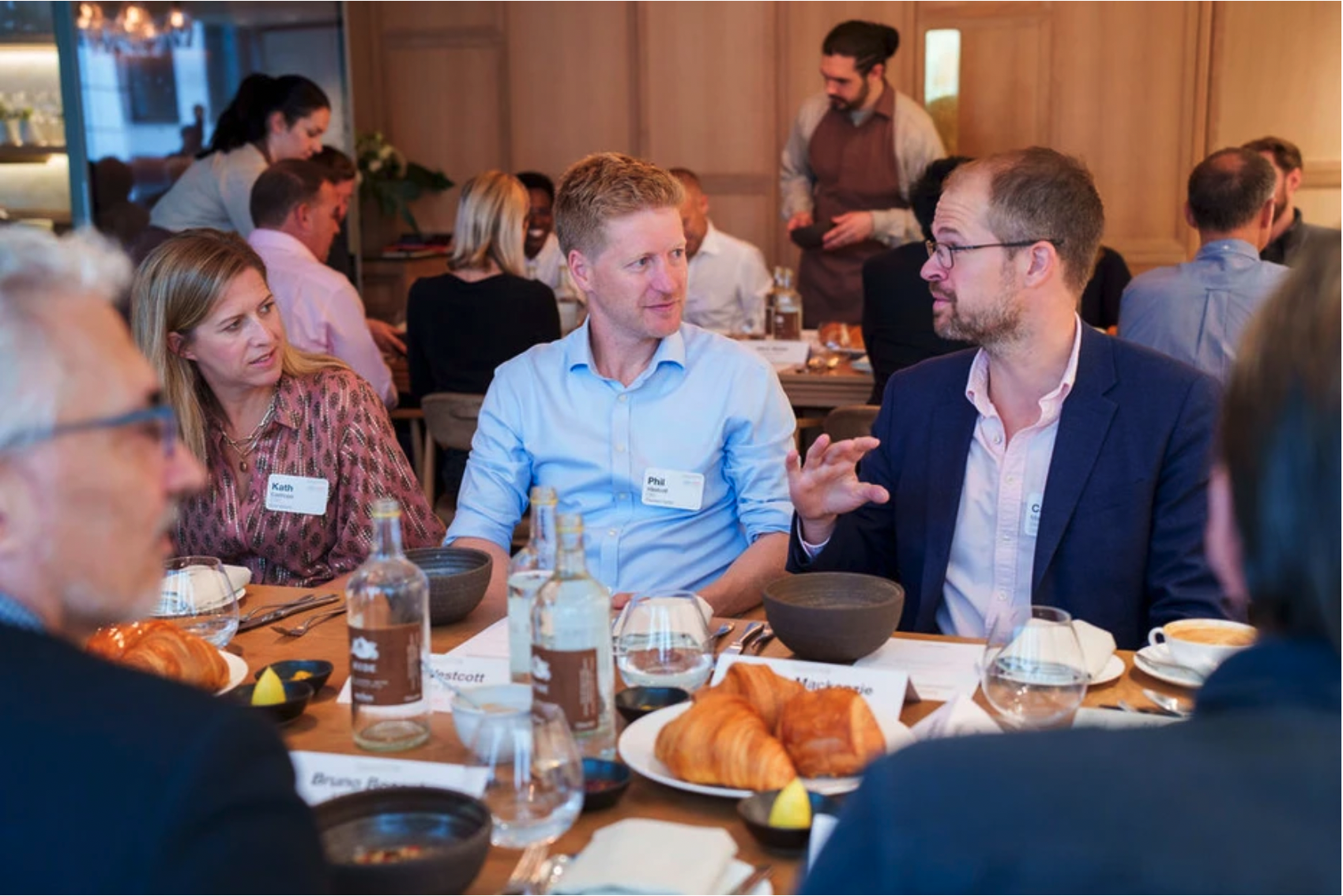The AI Strategist - 21.07.23
How do you start an AI Project?
In the news - I just completed week 2 of an 8 week AI course at MIT.
Course content - in week 1 we went through an interesting framework for the AI design process. There are four stages that a designer must engage to facilitate a sound AI product design:
Stage I - To identify a behaviour that an AI system could enact, first determine a broad taxonomy with what is possible.
Stage II - Now that you have a behaviour, you need to define a business process that incorporates this behaviour. Defining a business process includes 90% of your value.
Stage III - These technologies combine to create an architecture to accomplish the AI’s objective of implementation. However, for this implementation to occur, the AI must undergo training. There are three types of AI training: Supervised learning, Unsupervised learning, Reinforcement learning.
Stage IV - The final stage is tinkering. Tinkering comprises 90% of your time. This is where most AI engineers do their work. Tinkering denotes the day-to-day actions of working with AI technologies.
Why this matters - this framework delivered immediate value. I used it to build a detailed plan for a new product we are developing at CHAPTR. It forces you to make two key decisions in each stage. So you end up with 8 sections of a document (approx 5 pages long) which is then the perfect starting point to sit down with technical and non-technical colleagues to take an idea or project forward.
2. Finding beer our Why in Munich!
Visiting CHAPTR colleagues - Munich
In the news - last Friday we held a CHAPTR brainstorming day in Munich with colleagues from the business team.
Why this matters - as a Startup, it is arguably more important for us to define our purpose in comparison to larger organisations (hiring and retention reasons). A Purpose Statement is an explanation of the company’s motivations and reasons for being, and why it works the way it does.
Simon Sinek wrote Start With Why: How Great Leaders Inspire Everyone to Take Action in 2009. It was transformative. It made leaders think differently about employee motivation and loyalty. His definition of a why statement:
“The compelling higher purpose that inspires us and acts as the source of all we do.”
Getting this right is really hard. Among the Fortune 500 companies, 424 have a mission statement. However, less than a quarter of Fortune 500 companies have a purpose statement.
The more you read on this topic the harder it is to pin down definitions and guidance. My simplified version:
Vision - painting a picture of your destination.
Mission - giving the team a map to help them get there.
Purpose - the feeling the team has when they arrive.
As we gathered around a whiteboard in Munich … iced coffees in hand, sharing a few jokes, struggling to identify the sarcasm in our ANGLO-DEUTSH-ITALIANO mickey taking, and most importantly making progress on a few topics we had been stuck on … the irony was not lost on me that we were defining and living our purpose simultaneously. Being a leader in a remote-only company is about sensing when you need to bring people together physically. If progress towards creating this culture is assisted by the best beer in the world, well that’s just an added bonus.
3. Making Waves - Sailing North
In the news - this week I attended a Boardwave event on Building a High-Performance Engineering and Technical Culture in Software Product Companies. It was hosted by the incredibly inspiring Phill Robinson.
The discussion - the energy, openness and curiosity in the room was heartwarming. Topics under discussion:
Productivity of remote workers.
What exactly is a software product manager? Why are they so hard to find?
How does AI & Generative AI change the way we think about traditional software product management?
North Star Methodology
The last topic is the one that resonated the most for me. I have been reading a lot about this recently.
What to build - Software businesses often struggle with unnecessary innovation, endless feature building and a disconnection between what the business wants and what teams are building. This is well articulated in Escaping the Build Trap: How Effective Product Management Creates Real Value (2018).
Ensuring what you build links purpose to strategy - Being a software entrepreneur is hard. Many guidance books have been published. In 2017 Sean Ellis wrote a book called Hacking Growth. Companies around the world have used the book as a guide for implementing the high-velocity test/learn process used at companies such as Facebook, Airbnb, and Dropbox.
In the book he explains that to build a growth hacking system that includes four elements: a growth team (marketers, data analysts, and people from other departments of a company), a must-have product, the North Star Metric and high-speed experimentation. In 2017 he wrote a blog on North Star Metrics. This article explains how OKRs and North Star Metrics work together.
In going a bit deeper into this topic I came across these guys. The 14 minute video is well worth a watch and got me thinking about specific scaling challenges at CHAPTR. Further research led me to John Cutler. In his product management role at Amplitude he has run hundreds of north star workshops for organisations and put out free content. Nick Black is also worth checking out.
Why this matters - any startup or corporate looking to leverage AI/Generative AI for competitive advantage needs to think about product-led growth. I have seen first-hand how challenging being a sales-led organisation is.
The North Star framework connects the work to a real product strategy. The product strategy is the missing link in many organisations (the teams are not working towards the organisations goals). It is the glue to the business strategy (overall goals). Teams have experiments, which impact the inputs, which impact the north star metric (NSM - customer centric, stable, captures the strategy), which impact the business strategy. If you get this right it will endure for years (the inputs and NSM will not change).
I am excited for us to explore, customise and adopt this framework at CHAPTR.
Boardwave Breakfast - London
As I read this blog back I realise I am boring you all with frameworks! So I will finish with a couple of short and sweet items.
4. What does a Head of AI do?
In the news - a thoughtful article on the emerging job role - Head of AI.
Why this matters - the article resonated because I essentially have this role at CHAPTR. My time at Faculty AI taught me that most companies have a bit of an existential challenge about where AI should sit in the organisation. Typically it sits under the CTO but that doesn’t mean the CTO is the right person to drive forward AI implementation. I was fascinated to read that 80 percent of AI leadership comes from a tech background. I sit in the 20% and think my consulting and commercial background allows me to approach innovation in a different way. I care much more about the real-world human (customers and employees) implication of the technology rather than the code itself.
5. AI Scale-ups on my radar
I met the CEOs of two interesting businesses this week …
What they do - Filament Syfter is the data backbone for Private Markets, enabling PE firms to integrate, interrogate and enrich their proprietary market intelligence.
Why this matters - a passion area for me given that I have worked a lot in PE over the last few years. As funds inevitably struggle to hire, up-skill & integrate AI talent over the coming decade it is interesting that this business appears to have a hybrid product/consulting offering. Also, the major data providers in this space haven’t innovated much over the last decade to productise their assets.
What they do - help sales executives forecast, predict & improve sales results using artificial intelligence and behavioural science.
Why this matters - I have worked in a few B2B sales roles over the years. Forecasting the likelihood of a deal closing is a major challenge. We would play around with custom builds, Pipedrive, Hubspot etc. Salesperson A’s 80% is salesperson B’s 20% (also known as sandbagging). This platform uses AI to challenge human behaviours/biases/heuristics. I can’t wait to see a demo of this product. I am particularly interested in the AI explainability, how it changes behaviour and documentation and how it is visualised.



